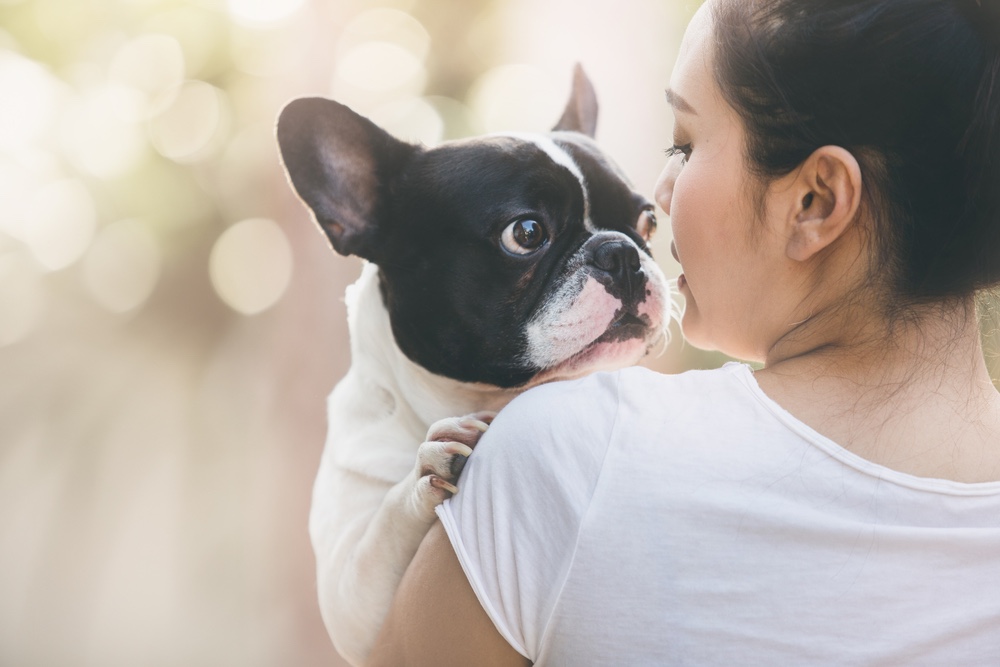
Gone are the days when a stately spaniel or herding dog was prized to round up sheep or guard the family home. Nowadays, dog lovers prefer their furry companions small, with wide, babylike faces, new data suggest.
But the breeding of doggies with adorably silly faces, such as pugs or French bulldogs, may come with a downside. Dogs with extrawide skulls are prone to a host of health problems, such as airway constriction and dental and vision problems, research suggests.
"The shorter the skull, the worse you can expect those consequences to be," said study co-author Paul McGreevy, a veterinary scientist at the University of Sydney in Australia. [The 10 Most Popular Dog Breeds in America]
Changing preferences
To tease out trends in dog preferences, the researchers analyzed the registration statistics for 180 dog breeds from the Australian National Kennel Council (ANKC) between 1986 and 2013. The team then classified each dog as being small, or weighing less than 22 lbs. (10 kilograms); medium, or weighing between 22 and 55 lbs. (10 and 25 kg); large, or weighing between 55 and 88 lbs. (25 and 40 kg); or giant, or weighing more than 88 lbs. (40 kg). The ANKC registered 54 small dog breeds, 62 medium dog breeds, 42 large dog breeds and 22 giant dog breeds during the study period.
Over that period, the number of registered small- and medium-size dogs increased relative to the number of large- and giant-size dogs, the researchers reported in a study published April 5 in the journal Canine Genetics and Epidemiology.
The team also studied the head shapes of the canine companions, finding that over time, more people were choosing dogs bred to have wider heads, such as pugs and bulldogs.
Get the world’s most fascinating discoveries delivered straight to your inbox.
"There's no doubt that these are entirely charming animals, and that may be part of where the appeal comes from," McGreevy said. [Photos: World's Cutest Baby Wild Animals]
Health troubles
However, the mania for these so-called brachycephalic breeds (meaning they have a skull width at least 80 percent of the skull length) could spell trouble down the line, as the pups are plagued by a host of health problems, McGreevy said.
For instance, the dogs' wider skulls squish all of the same skeletal and soft tissue into a smaller space in the head, so these animals are prone to dental crowding, he said.
"Dogs love chewing, so you've automatically affected the dogs' ability to do doggy stuff," McGreevy told Live Science.
In addition, the extra soft tissue hanging at the back of the throat constricts the dogs' airways, meaning they struggle to exhale carbon dioxide. That makes their blood slightly depleted of oxygen and a little more acidic.
Many brachycephalic dogs also tend to have more skin folds around the eyes, and these folds can sometimes directly contact the eye itself, causing damage, he added. The folds can also make the dogs prone to eczema. For a variety of reasons, these dogs tend to have shorter life spans as well, he said.
While the study focused on Australia, similar trends have been found in both the United Kingdom and the United States. For instance, the French bulldog has become a huge hit in the U.S., with the number of these dogs registered to the American Kennel Club increasing 476 percent between 2004 and 2013, according to a statement.
Humans' furry babies
The drive toward smaller, stouter-headed canine companions may reflect societal changes. Historically, people chose canine companions who were "working dogs," tasked with jobs such as rounding up sheep, hunting foxes or guarding the home, the researchers said.
Nowadays, however, people are likelier to choose dogs solely for companionship, the researchers wrote in the article. That, in turn, may spur people to seek out "fur babies" with faces that are likelier to trip people's parenting instincts, the researchers suggested.
For instance, a study published in March in the journal Frontiers in Psychology suggested that infantile animal faces (aka, cute ones) may stimulate a powerful response to pay attention to, and offer affectionate care for, another creature. Of course, another possibility is that the craze for pugs and bulldogs simply reflects a fashion trend, the authors noted in the study.
As for the drive toward smaller dogs, people are increasingly living in smaller spaces that lack backyards, the study scientists found. Many people might assume a small dog would do better in a cramped, fifth-floor walk-up. However, it's not necessarily accurate to assume that smaller dogs require less exercise, McGreevy said.
"I think we need to be really careful that we're not just selecting animals based on our convenience. There's still a dog in there," McGreevy said.
Follow Tia Ghose on Twitterand Google+. Follow Live Science @livescience, Facebook & Google+. Original article on Live Science.

Tia is the editor-in-chief (premium) and was formerly managing editor and senior writer for Live Science. Her work has appeared in Scientific American, Wired.com, Science News and other outlets. She holds a master's degree in bioengineering from the University of Washington, a graduate certificate in science writing from UC Santa Cruz and a bachelor's degree in mechanical engineering from the University of Texas at Austin. Tia was part of a team at the Milwaukee Journal Sentinel that published the Empty Cradles series on preterm births, which won multiple awards, including the 2012 Casey Medal for Meritorious Journalism.


